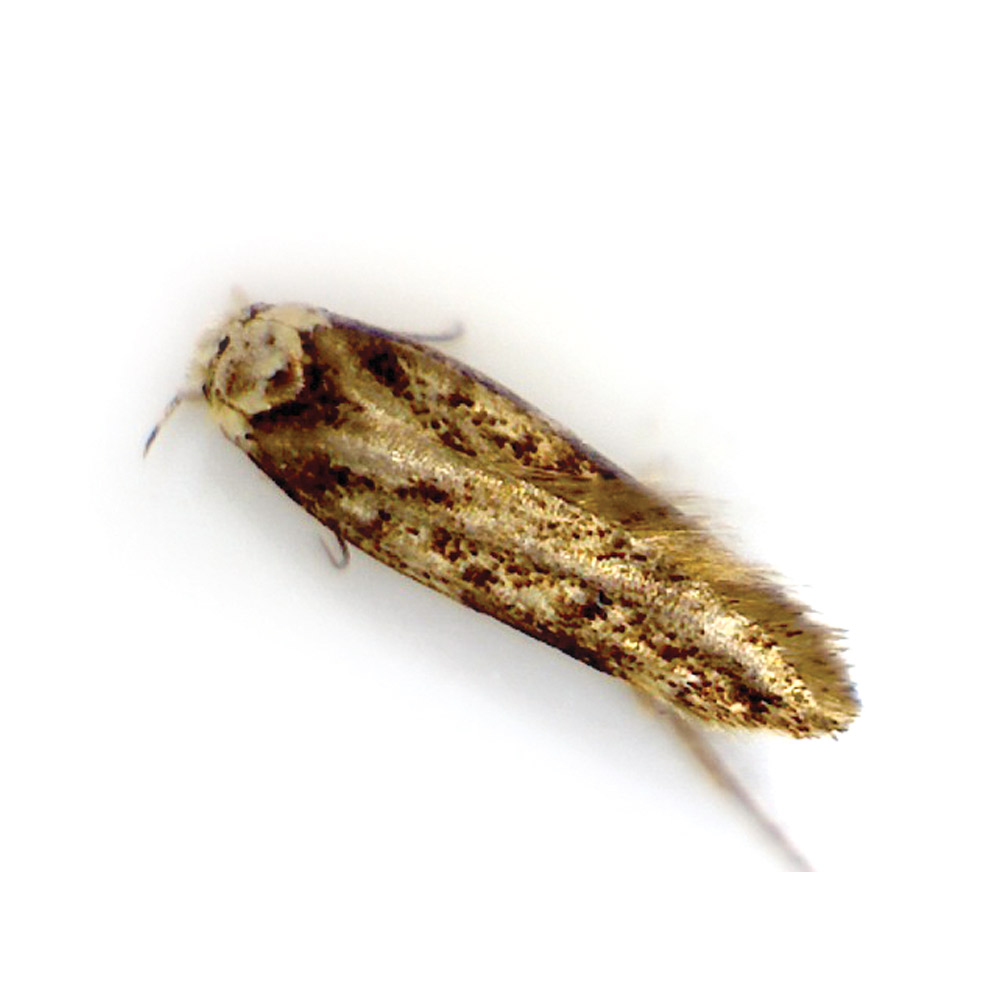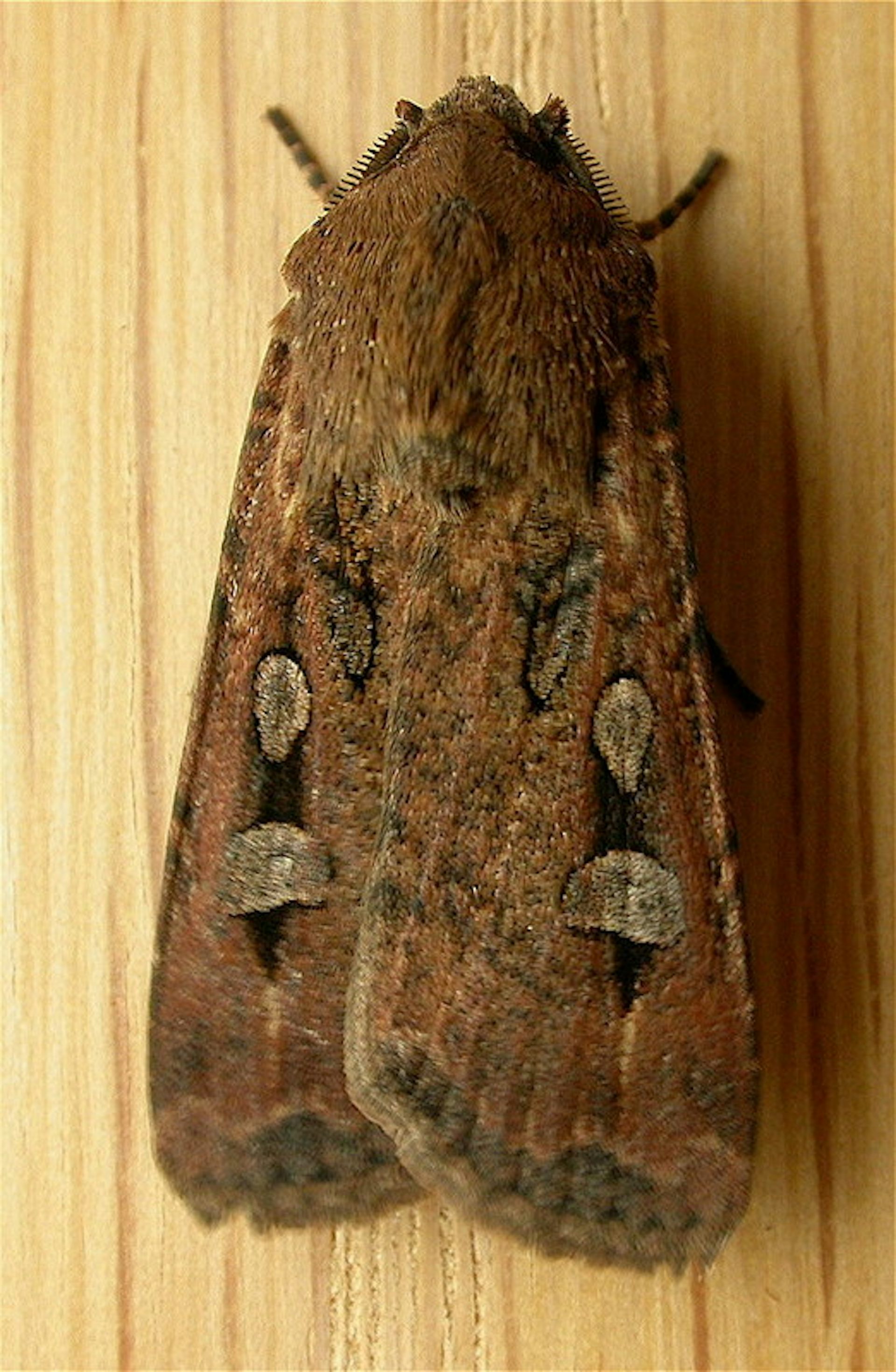Table Of Content

Common Clothes Moth larvae reach up to 10mm long and are cream colored with brown heads. In favorable conditions, they take about 6 weeks to reach adulthood. Also known as the Flour Moth or the Mediterranean Food Moth, this moth is larger than the Indian meal moth but develops and produces damage that is similar. Their favorite food is flour, but these moths may also attack bran, grains, and a variety of breakfast cereals. The lifespan of the Mediterranean Pantry Moth is about 10 weeks.
What to know about miller moths as they move through Pueblo - Pueblo Chieftain
What to know about miller moths as they move through Pueblo.
Posted: Wed, 17 May 2023 07:00:00 GMT [source]
Cleaning Closet
There are also identifying orange-brown markings and spots of whitish, crescent-shaped spots. Before turning into a giant brown silk moth, the larvae are among the largest green types of caterpillars. The larvae are found on maple trees, birch trees, and cherry trees. Looking at pictures of this moth, it’s easy to see how it gets its name.
What are Brown House Moths?
Brown house moths range in size from 0.31” to 0.55” (8 – 14 mm) long and have a wingspan of up to 1” (25 mm). Although the flying house pests are more active in summer, you can find them at any time of the year. But, of course, larger moths can also find their way into homes through open windows when attracted to lights in the evening time. Like all species of moths, a house moth starts life as an egg which then hatches into a larva or tiny white caterpillar.

About the Brown House Moth
This can cause a sudden surge of fluttering moths in your home. There are various DIY traps you can make using what you already have at home. Some will kill these pests instantly, while others are effective ways to prevent them from invading. You may be able to get rid of moths with cedar, certain herbs, regular vacuuming, and sticky traps, among other methods.
The white caterpillars with their brown heads grow up to 0.47” (12 mm) long. If the problem is manageable, use a few of the DIY measures to tackle the clothes moths yourself. In severe cases, you may need the services of professionals to get rid of the moths.

Larvae leave holes in fabrics – which means that your clothes and furniture is at risk. The areas of your home where the moths linger may become contaminated with webbing and cocoons. Some white moths are not harmful to people, although the Satin Moth can be harmful to certain types of vegetation. However if you have identified a White Shouldered House Moth or a Clothes Moth in your home they can be very damaging to dried foods, carpets and animal fibre based clothing. It is important to remove them as soon as you spot any sign of an infestation.
White-shouldered house moth
ICM on Scotland's insect distribution and the threat to collections from pests - Museums + Heritage Advisor
ICM on Scotland's insect distribution and the threat to collections from pests.
Posted: Thu, 23 Nov 2023 08:00:00 GMT [source]
The casemaking moth, on the other hand, never leaves its silken casing behind. Often mistaken for pantry moths or carpet beetles, these clothes moths thrive in dark, undisturbed areas where they can lay their eggs. Adult moths lay eggs on fabric, and the larvae voraciously feed on the material, causing irreparable damage to textiles. Chemical treatments are an effective way to control and eliminate brown house moths.
Removing and Preventing Moths in Your Home
Store off-season clothing in airtight containers or garment bags with all gaps and seams sealed with tape. Also, consider using moth repellants such as cedar blocks, mothballs, and cedar hangers. Take clothes out of plastic bags from a dry cleaner, as plastic attracts dust, which attracts moths. Wash dirty clothes, especially those with sweat or food stains, because they could attract moths. These stains provide larvae with nutrients, such as vitamin B and salt.
“It kills adults and larvae, but it can’t penetrate the eggs,” says Bungay. This means if you have an established infestation you’ll probably need multiple treatments. For either the common or case bearing house moth, you shouldcheck on your clothes, specifically those with wool or fur fibers. They holdthe highest number of spacing between the fibers hence good breeding places forthe larvae. They will habitat anywhere on the clothing from armpits, theinsides or just in the top.
It thrives mostly innatural fibers, precisely wool or fur, where it also lays its eggs and wherethe larvae develop. More so, these moths can also be found in food, especiallygrains stored away in cabinets. Mediterranean flour moths damage cereal products when in their larval stage. The small white or pink caterpillars feed on flour, whole grains, and cornmeal. However, unlike other pantry moths, these pests don’t infest other dried food products. A house moth is a general term for types of small flying insects commonly found in homes.
Males have a flared abdomen that gives them the appearance of a hovering hummingbird. It can be lovely to receive visitors, friends and family into your home. Then there’s that house guest who just doesn’t get the message and is reluctant to leave. This is definitely the case when you discover a swarm of Brown House Moths.
Instead, you must find where the eggs and larvae are and eradicate them. Identify them by their large size – up to 4 inches long – and white diagonal stripes on the sides contrasting with their overall green color. The most obvious feature is the prominent curved red-orange horn on the rear. These voracious pests can damage plants quickly, feeding on foliage and fruit. Bacillus thuringiensis is an effective biological insecticide against them.
They can feature different coloring where the forewing is brown and hindis grey. With house moth cocoon identification, you will be looking for long, oval-shaped casings. These casings can be found in garages, closets, drawers, crevices, beneath furniture, in food storage bins, and more. One of the most crucial ways to prevent a moth infestation is to regularly clean surfaces. Therefore, always wipe down surfaces after using them to prevent crumbs and other potential food sources in your kitchen.
Regular cleaning and maintenance are essential when it comes to dealing with brown house moths. These pests are attracted to dirty and cluttered spaces, so keeping your house clean and well-maintained can help prevent infestations. Start by regularly vacuuming and dusting your home, paying special attention to areas where moths are commonly found, such as closets, pantries, and storage areas. Additionally, make sure to store food in airtight containers and regularly check for any signs of moth larvae or eggs. By maintaining a clean and organized living space, you can greatly reduce the risk of brown house moth infestations and protect your home from damage. The most common types of household mouths are brown house moths, white-shouldered house moths, and Indian meal moths.

No comments:
Post a Comment